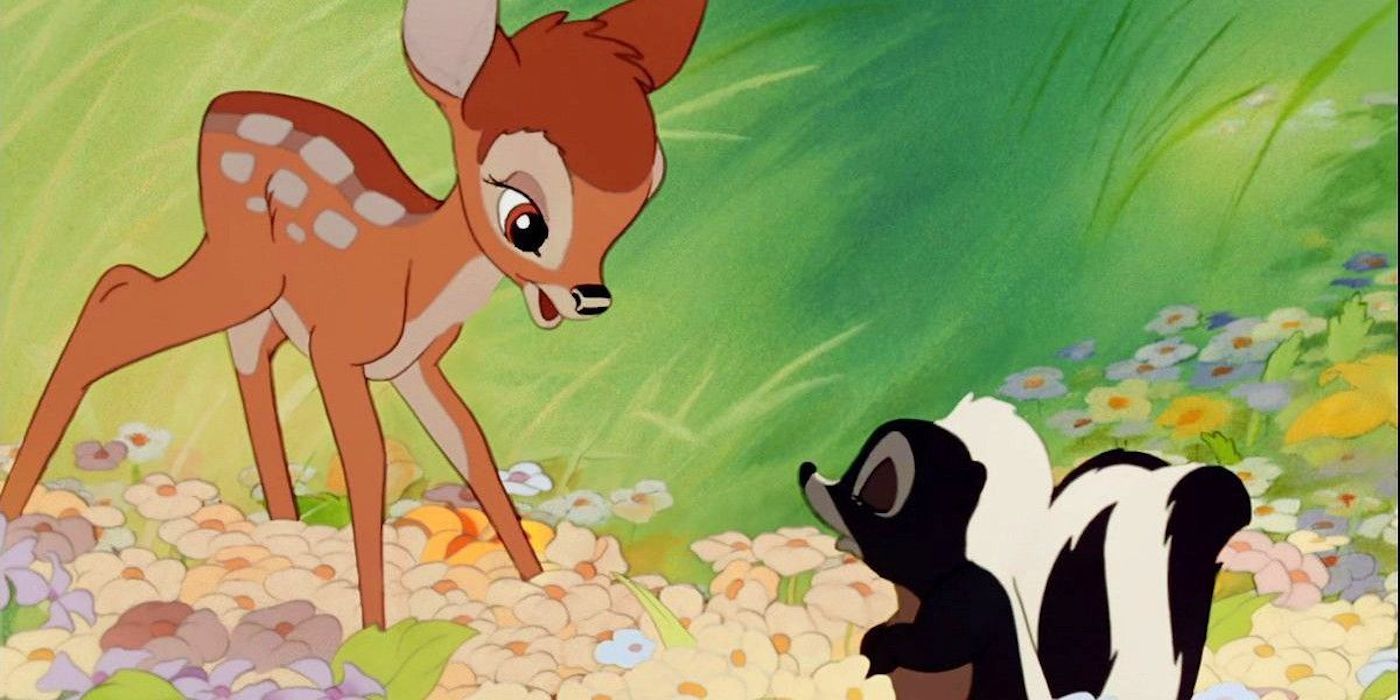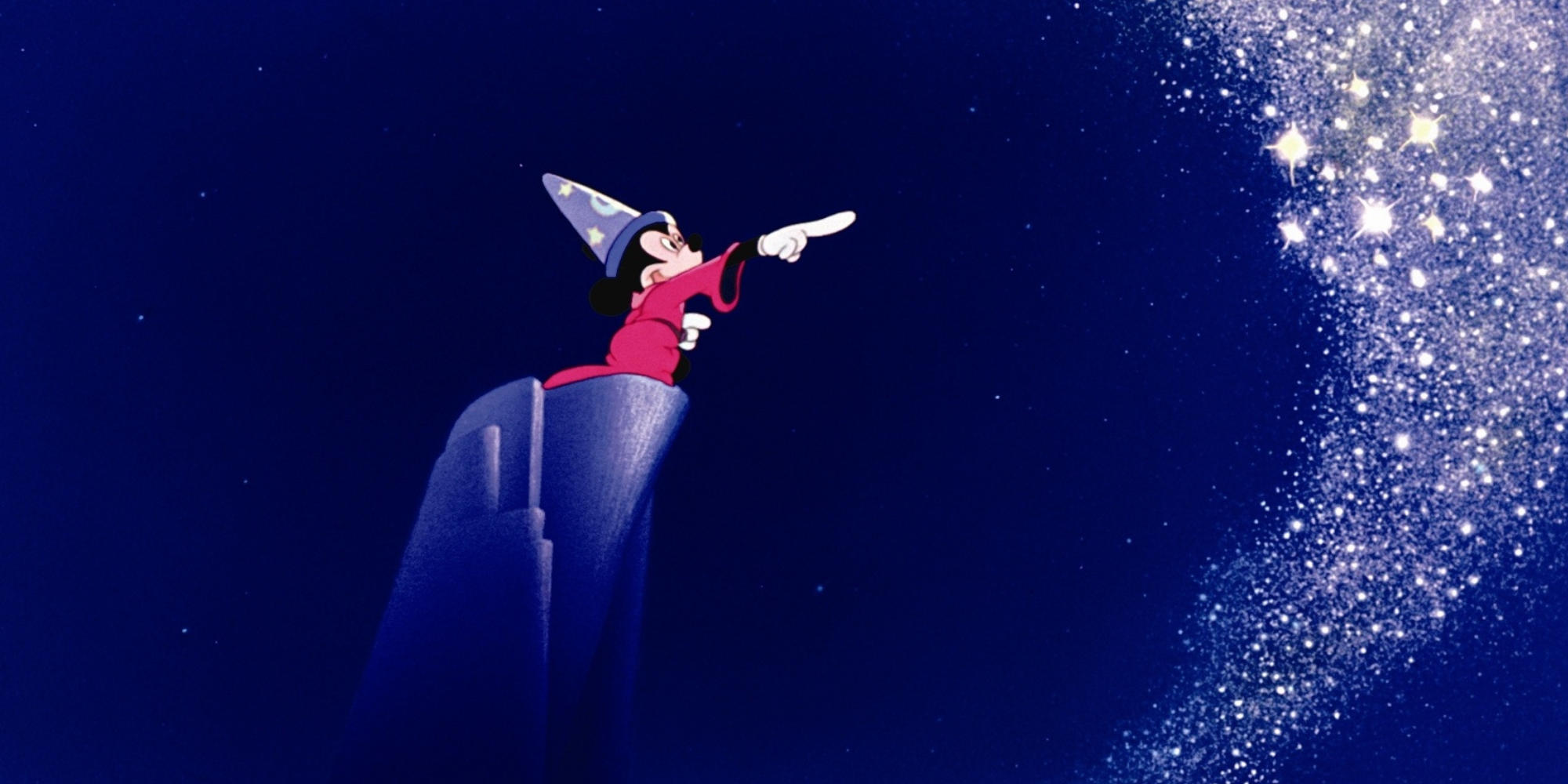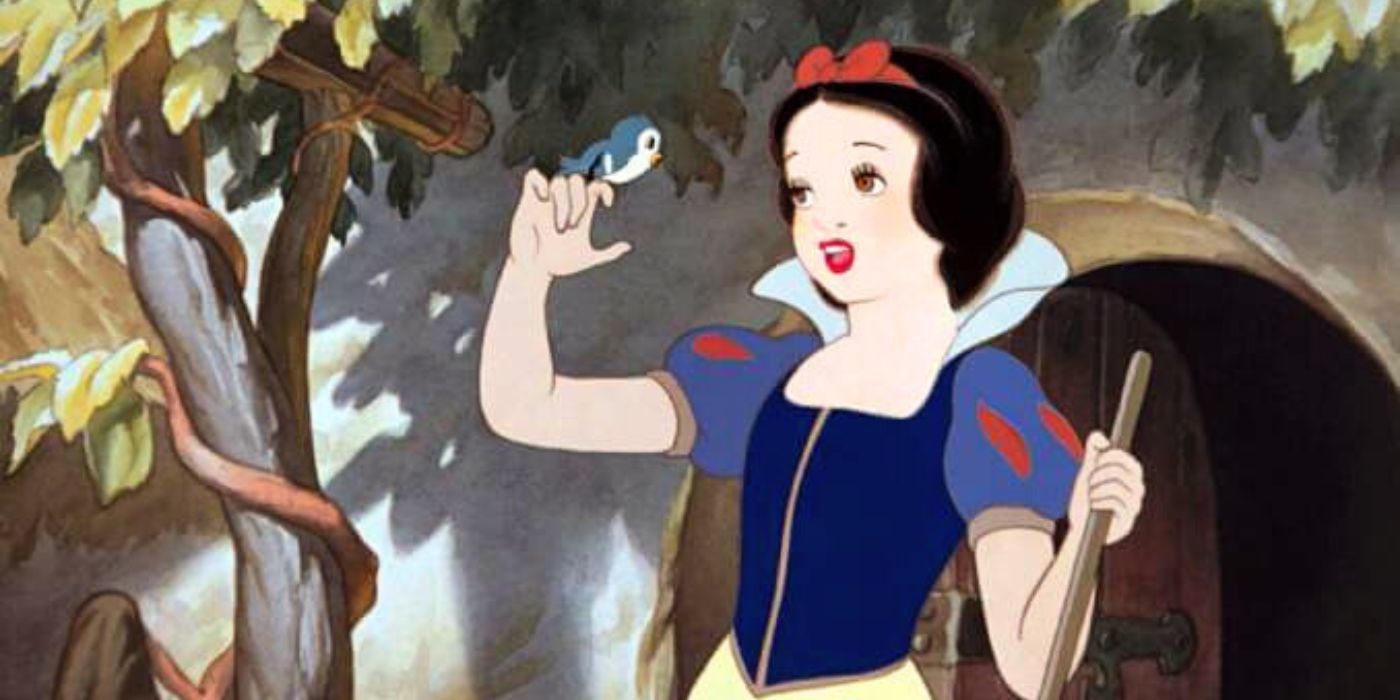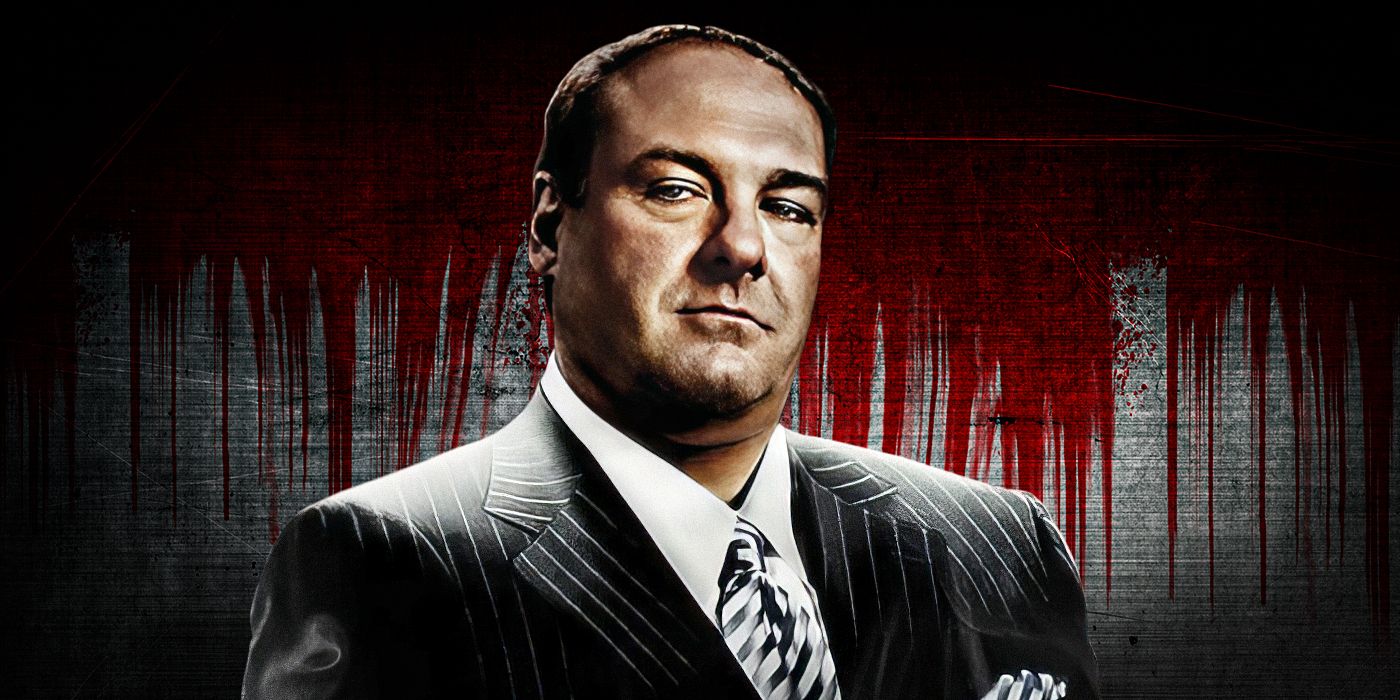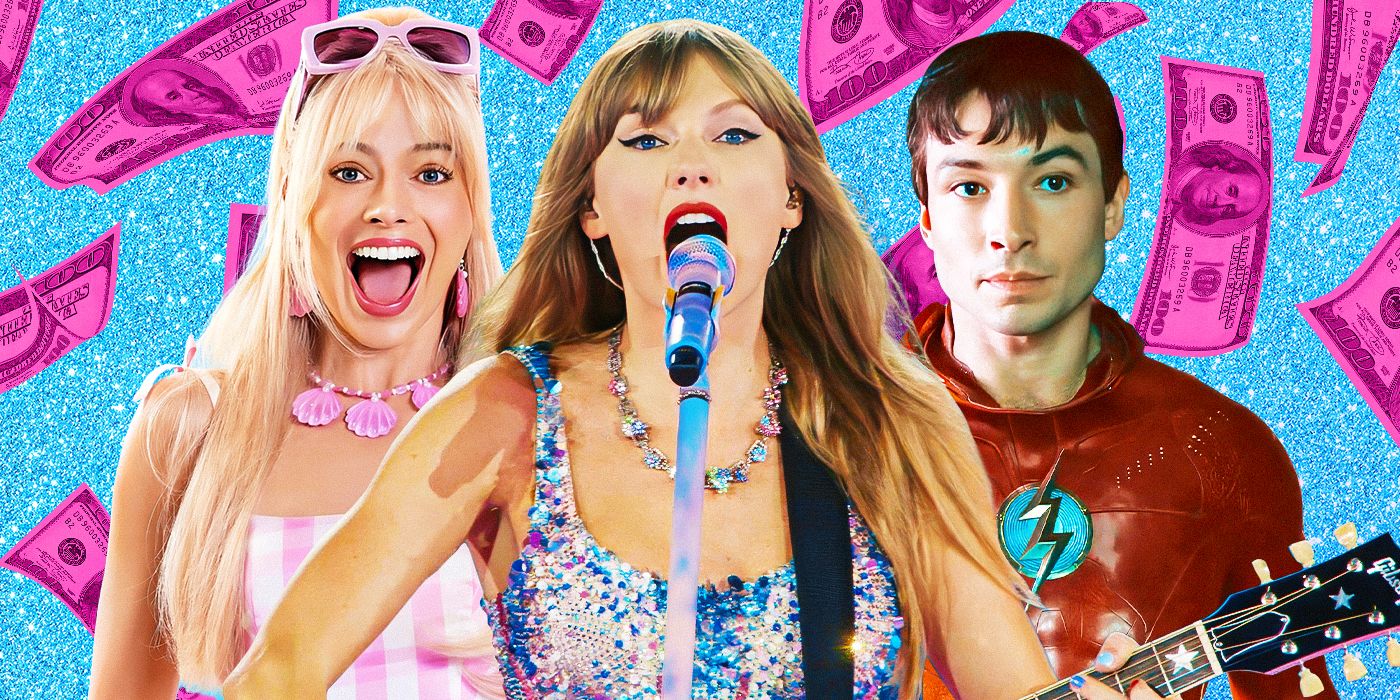Fans and critics of the Walt Disney Corporation have created seven eras to categorize their animated films. These eras are distinguished thanks to common trends among the movies at the time, such as writing and animation style. The first is called the Golden Age and ran from 1937 to 1942.
After nearly a decade of training his animators through his Silly Symphony cartoons, Walt Disney decided to try his hand at making animated movies. His first five films are regarded as pioneers for animation, with revolutionary techniques including life-like movements and multiplane cameras for greater depth of field. Compared to later films, the Golden Age’s writing relied more on emotion than logic, resulting in expressive storytelling that has remained popular close to ninety years after release.
5 ‘Dumbo’ (1941)
The production of Dumbo is one of the most interesting in all of Disney. Due to World War II, Disney lost their overseas market, and their films weren’t turning much of a profit. This put the future of Bambi in jeopardy, so Disney needed to make some quick money. The Disney animator’s strike of 1941 also complicated things, but Dumbo managed to get released and succeeded in turning in a profit.
When compared to its fellow Golden Age films, Dumbo appears more like an extended Silly Symphony short, with less-impressive animation and a run time of just over sixty minutes. However, this works in the film’s favor, as the more cartoonish animation and bright colors fit its circus aesthetic, and the short runtime keeps the story streamlined. Making Dumbo a mute protagonist allowed animation legend Bill Tytla to show his skill at facial animation, which does a phenomenal job of conveying every emotion the little elephant experiences. It remains one of Disney’s strongest films about outcasts coming together, which likely helps it remain timeless.
4 ‘Bambi’ (1942)
When Walt acquired the rights to Bambi, he wanted it to be his second film, as he was eager to adapt a contemporary story. However, it proved to be more challenging than he or his team anticipated. The original novel is very dark and melancholy, with plenty of animal deaths and a harsh but honest look at the natural world. Disney also wanted the animals to look and move more realistically than what his animators had created in the past, resulting in the film getting delayed to their fourth release.
Bambi was another financial failure due to the war, but from an artistic standpoint, it is one of the most visually stunning Disney films. The animators perfectly captured the beauty of nature through the animal’s movements, gorgeous colors, and the almost ethereal watercolor backgrounds by Tyrus Wong. Its story does tone down some of the book’s darker moments, but still portrays nature as a cruel mistress at times, such as the iconic death of Bambi’s mother (Paula Winslowe). The scene of the hunting dogs during the climax was also animated by Retta Scott, the first woman to receive on-screen animation credits from Disney.
3 ‘Fantasia’ (1940)
Walt has always been an innovator who sought to push the boundaries of what could be achieved with animation. Perhaps his most ambitious project was Fantasia, which involved setting animation to classical music. It began life as one of its eight segments, “The Sorcerer’s Apprentice”, which was made in the hopes of re-kindling the popularity of Mickey Mouse. As the cost grew too great for one short to make back, they turned it into a film.
While Fantasia wasn’t a major hit on release, it has since been recognized as one of the greatest animated films ever made. Each of the segments is distinct, colorful, and perfectly matches the chosen music. Sometimes they even tell their stories through abstract images, such as the beginning segment, “Toccata and Fugue in D Minor”. Besides “The Sorcerer’s Apprentice”, the most memorable segment is “Night on Bald Mountain,” which juxtaposes terrifying imagery of fire, brimstone, and demons with the calming melody of “Ave Maria”.
2 ‘Snow White and the Seven Dwarfs’ (1937)
The one that started it all, Snow White and the Seven Dwarfs is famous for how it almost didn’t come to be. The cost of production kept getting higher and higher, forcing Disney to mortgage his house and convince the banks to give him more loans. There was also a major stigma against an animated movie holding the audience’s attention, so it was given the nickname, “Disney’s Folly.” Fortunately, the film was a phenomenal success, and the world of animation was changed forever.
Snow White captivated audiences with its emphasis on emotional storytelling and likable characters. Though later princesses would receive more character development, Snow White (Adriana Caselotti) is not as bad as some contemporaries claim. She is one of Disney’s kindest and most selfless souls, always putting the needs of others before herself, and is not a pushover. The dwarfs are also some of Disney’s most iconic side characters, especially Grumpy (Pinto Colvig), who goes through a compelling character arc due to Snow White’s kindness.
1 ‘Pinocchio’ (1940)
While Snow White was the movie that put Disney on the map, Pinocchio was the one that showed just what the company was capable of. Many of Disney’s Nine Old Men — his top animators who stuck with the company until the 1970s — got to flex their talents in character animation. The film’s special effects also proved to be groundbreaking, using varying levels of detail and making use of foreground and background to create some of the most realistic hand-drawn water. Though the war cut into its profits, it received universal acclaim and was called superior to Snow White in every way.
Modern audiences seem to feel the same way, and it’s easy to see why. Along with more impressive animation, Pinocchio also has a better story, with more proactive characters and strong themes regarding growing up, integrity, and the harsh realities of life. Pinocchio (Dick Jones) works so well as a protagonist because of his innocence and naïveté: he acts out due to ignorance, but at heart is a sweet and caring soul who learns from his mistakes. The movie also stands out as one of Disney’s darkest pictures, depicting a world where villains get away with their crimes and innocents get exploited.


